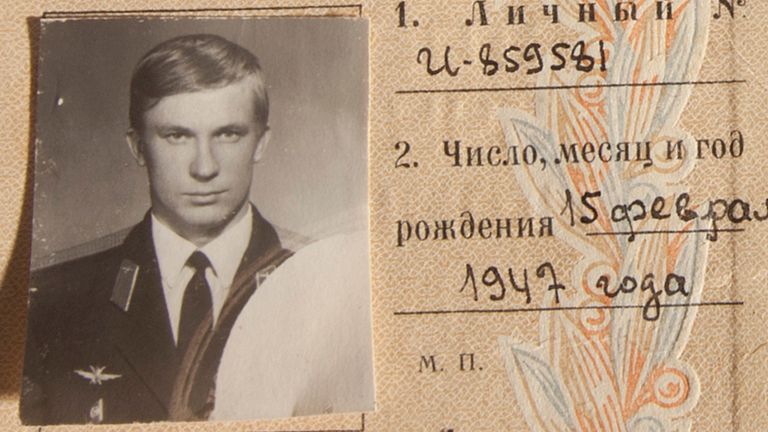Military 'Traitor' Who Stole A Secret Soviet Aircraft Now Heralded As A Hero
The year is 1976. In America, the Eagles release their laid-back classic “Hotel California”. By stark contrast, in Britain the Sex Pistols explode onto the scene in a storm of profanity. But there was something that united the two nations: their membership of the North Atlantic Treaty Organization. The point of NATO was to stand as a unified military force representing Western democracies. The opponent it stood against was the Warsaw Pact, led by Communist Russia. This conflict was known as the Cold War and its potential for nuclear armageddon terrified people around the world.
Technology of war
In fact by the mid-1970s the Cold War was not as fractious as it had been in earlier decades. But there was still a fear among the NATO allies that the Communist nations led by Russia might have stolen a technological march on the West.
But an extraordinary event in 1976 came along out of the blue. And it gave America and her friends some comfort that they were not in fact lagging behind the Russians, at least when it came to the technology of airborne warfare.
At loggerheads
In an astonishing turn of events, in 1976 the Americans came into possession of one of Russia’s most advanced military aircraft: this was regarded as a great intelligence coup for the U.S.
But how had NATO and the Soviets come to be at loggerheads in the first place? Certainly there was an apparently irreconcilable ideological difference. The Soviet economic system relied on central planning and politically there was one entirely dominant party — the Communists — who always won at election time.
Former friends
NATO nations on the other hand had a fairly freewheeling capitalist system and its democratic elections were hotly contested by different parties. Yet despite those differences you don’t have to go too far back into history to find members of the two opposing blocs working in concert.
We’re talking about World War Two, when The Soviets and the West were united by their burning priority of crushing Nazi Germany. But once in 1945 that objective had been achieved, relations between Russia and the West quickly went downhill.
Communism vs. democracy
In 1944 the Soviets turned the tide against the Germans, who had invaded Russia in
1941. They then began to sweep across Eastern Europe until they reached the German capital, Berlin, in 1945. That signaled the end of WWII.
But Europe was now divided in two: West and East. While America and Britain allowed countries such as France and the western half of Germany to return to democratic rule, the position in the East was far different. There, in countries such as Hungary, Poland, and of course East Germany, the Russians installed Communist governments.
